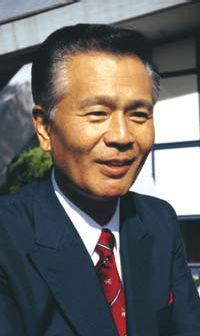
In 1983, a series of failures in the American Video Game market, including oversaturation and terrible third-party title management caused the market of video games to crash spectacularly, particularly in America. Long story short, by 1985 American retailers' trust in the video game market was shot, until a very persistent company from Japan convinced New York stores to put up their "Entertainment System" (Ultimate History of Video Games). One year later, Mario is on the world stage. Now Nintendo needs to establish itself as a household name while avoiding the pitfalls that caused American studios to fall. They needed games. Good ones. And so the President of Nintendo greenlit Gunpei Yokoi, inventor of the GameAndWatch and chief of Team Research and Development 1 for a new series: メトロイド (Metoroido)
For the next eight years, Metroid would make a slow, steady approach to stardom and the eventual SNES Masterpiece, Super Metroid. Many circumstances aligned to make Super Metroid the great game it is, but the biggest of those is the game itself: Super Metroid is the game that cannot be improved upon.
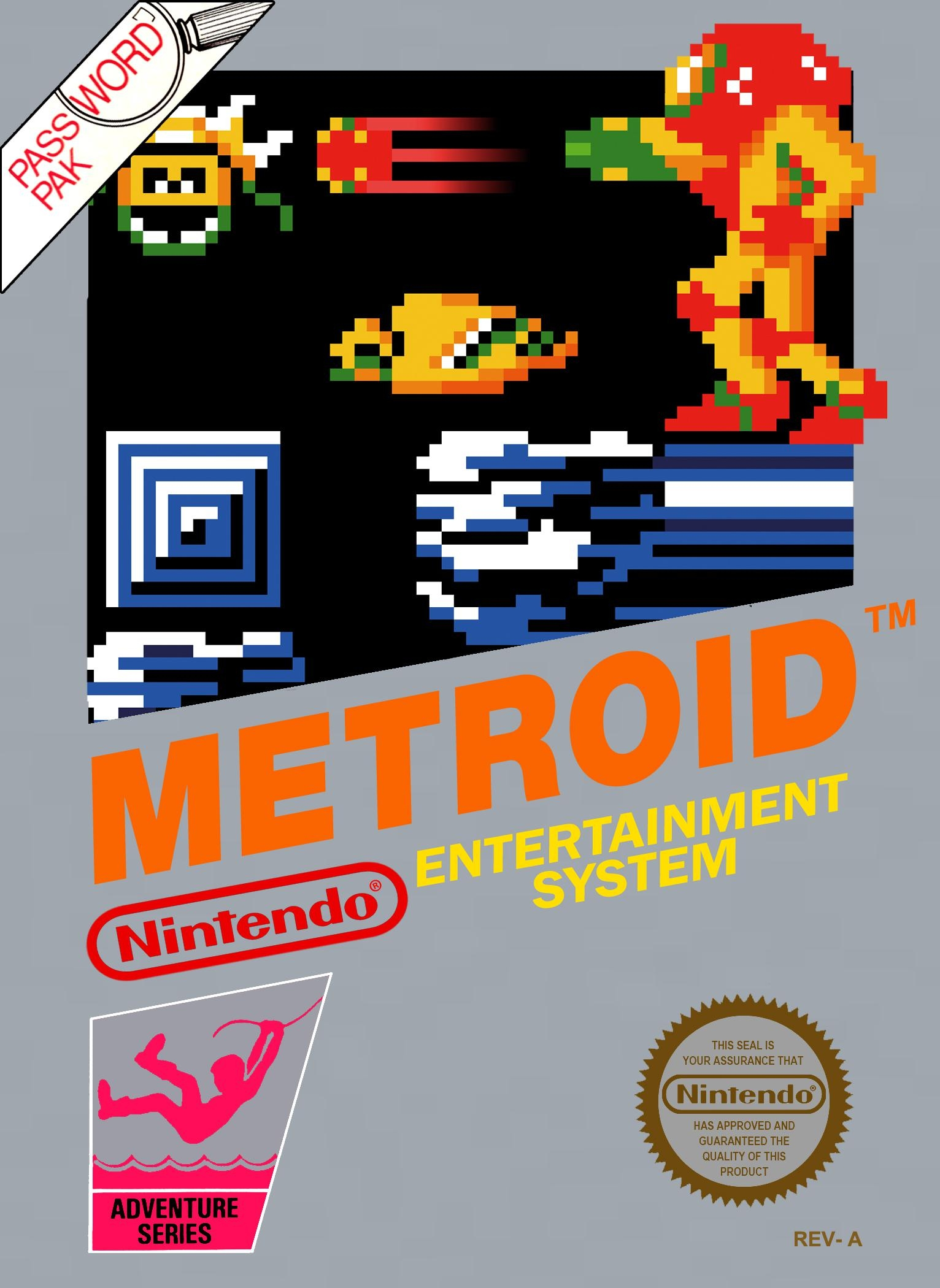
1986: Metroid Releases on NES
It's hard for me to imagine how ahead of its time the original Metroid was. This was back when games saved using passwords. A game of this scale had only been done before by Legend of Zelda. A game with powering up the avatar by collectible items had only been done before by every RPG. A story with such a dark atmosphere, epic conclusion and surprise female protagonist had only been done by Alien. That is to say, Metroid distilled stacks of tried and true concepts, and boiled them into stew (for a fuller description of how Metroid borrowed from other games of the time, click here). And I love it. But most of all, Metroid was one of the first games that used the player’s preconceptions against them. The game starts. That’s you. Definitely a guy. All sci-fi protagonists are guys, right?
Right, walk right, walk right, walk right
Wrong. Everything WRONG!
You thought you knew video games, didn’t you? Just because you played Mario. Mario made you walk right, well, where did that take you?
_002.png)
A DEAD END!. Turn around. Back to where you started.
Go left.
A single screen past where you started...
_003.png)
Metroid toyed with you. This, in my opinion, is the defining moment of Metroid. Before all the bosses, escape sequences and twist gender reveal party, there was this. Metroid isn’t going to make things easy for you. You are in enemy territory. And unless you shape up you are going to die.
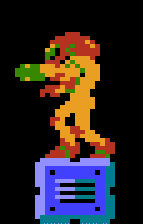
Yeah, like that.
Metroid set the tone for the series, even as the world of gaming turned to more player-friendly, story-driven games, and it has stayed true to that ever since.
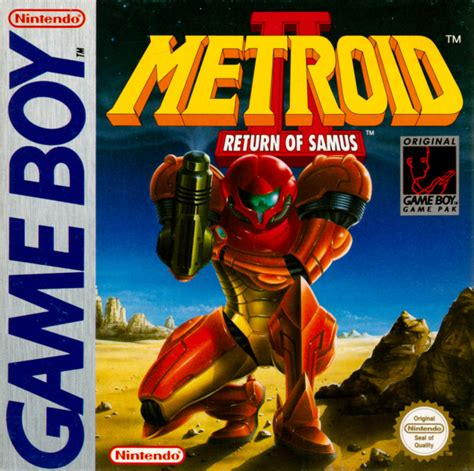
1991: Metroid 2 Releases on Gameboy
The gameboy had what the NES didn’t: Save space, and Metroid 2 makes the most of it. A major improvement from the password system. Metroid II is a long game; even a tedious one, and it introduced the iconic Save Stations to control the game's pacing. Again, with the terrifying atmosphere, but now with intense moments of racing through the world, hoping to find a--YES!! These were the original Bonfires. Yeah, you know what? I’ll say it. Metroid is the Dark Souls of 2D platformers. Except, wait, Metroid came first... DARK SOULS IS THE METROID OF ACTION RPGS, FITE ME!!!
Metroid II is the pacing of the series, down to the feelings it invokes, and fear it instills.
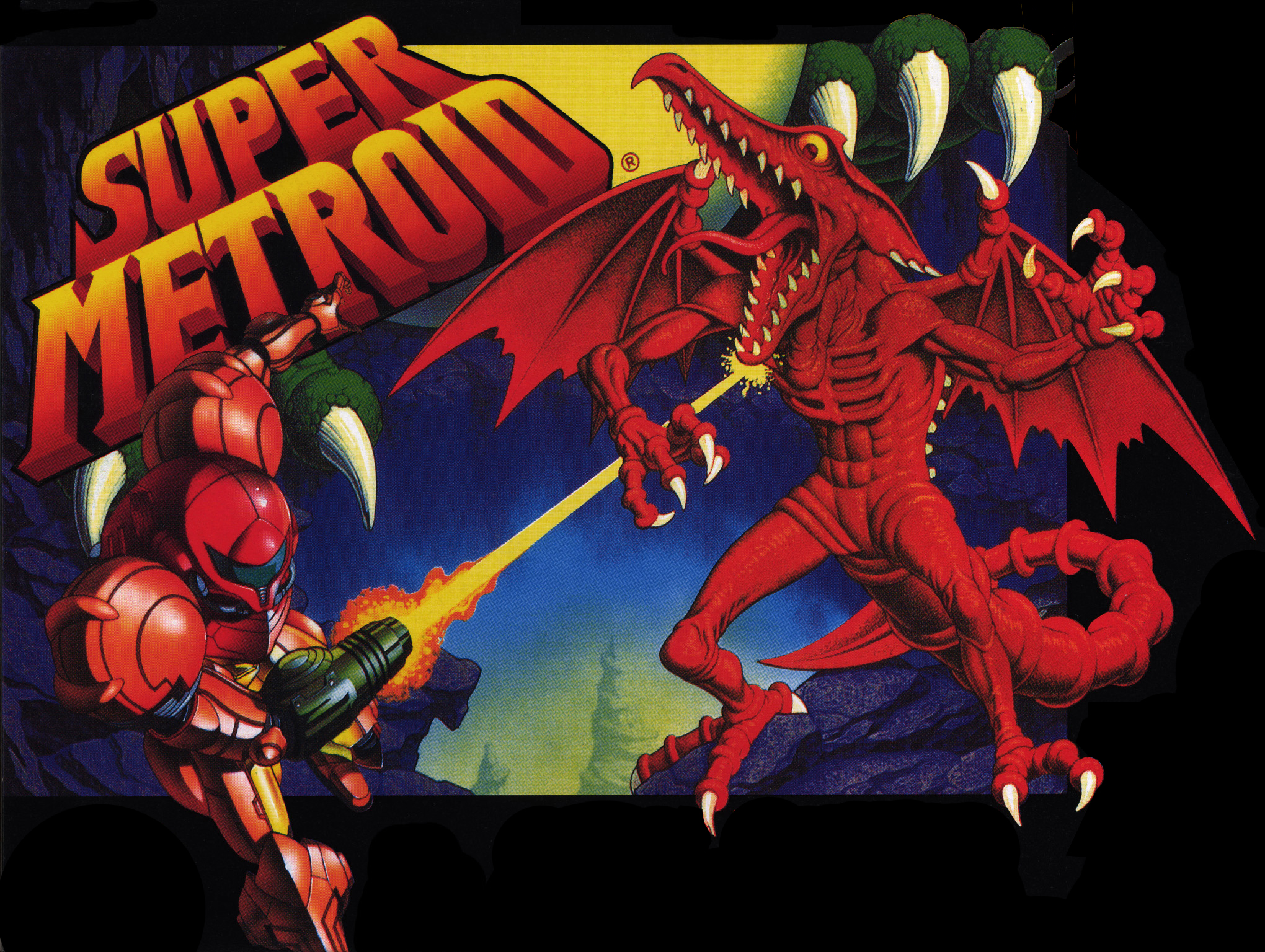
1994: Super Metroid Releases on SNES
This is where Metroid came into its own. If Metroid was the atmosphere, and Return of Samus was the pacing, Super was the Story. And I know that might sound confusing. Metroid is a hands-off series when it comes to dialog. But that’s exposition. THIS is STORY. It’s facing Ridley at the beginning of the game and getting completely trounced, only to chase him to the depths of Norfair and burn him to ashes. It’s landing on Zebes again, years after the first game, and seeing familiar locale old and debilitated. It’s the abandoned ship, the Chozo Temples, the feral wildlife, the Space Pirates’ stronghold. Story is worldbuilding. Metroid 1 made you feel scared. Super gives you something to feel scared of. Ridley is no longer that harder-than-usual enemy that matches the statue. It’s a SPACE DRAGON.
The thing is, Sakamoto has gone on record saying his inspiration for Super’s best moments were from movies. The original Metroid was based on Alien, and it’s clear the cinematic vibe is something Sakamoto continually shot for. It’s funny saying this now, but Sakamoto got a lot of pushback on his dream of pushing cinematics into video games. The final moments of Super Metroid, where the baby remembers Samus and spares her out of love was something Sakamoto was constantly doubted on, but it’s so good. And it was all made possible because of the advanced graphical capabilities of the SNES.
A Bit more Power
The SNES was a huge upgrade in that it was a 16-bit system rather than 8-bit like the NES and Gameboy. Each singular bit doubles the consoles' power. This means 16-bit was 256 times as powerful as 8-bit, and every ounce of it was used in Super Metroid.
Size
Super Metroid was unique among Nintendo franchises in that it wasn't developed in-house. Rather, it was a collaboration between Nintendo and Intelligence Systems; Nintendo provided the management and designers, including Sakamoto, and Intelligence Systems brought their intimicacy with the Super Famicom hardware and their programming know-how (Making of Super Metroid).
“IntSys has always been very capable with hardware,” Sakamoto adds, “so during the experimental stage we told the IntSys programmers what kinds of things we wanted to do and verified what in reality could be done. We’d been well prepared for the move to the Super Famicom hardware, so we had some idea of what to expect before we went into itEven with partitioning, the size of a game is limited by the bit-size of the architecture. If you want a sprite at position 250, you can do that in 8-bit, because addresses use 8 binary values (switches that are either 0 or 1); however, if you try to look for position 257, you're out of bounds. By contrast, a 16-bit address can go from 1 to 65536.
...
At the time, the SFC was reputed to be difficult to develop for. Depending on how you partitioned the Super Famicom’s video RAM, which looked after the sorting of image information, the scope of possibilities would change wildly. Knowing that you could diminish the VRAM’s potential by poor partitioning was useful information, because it meant we could think about how certain things could or couldn’t be achieved, and how we could work around those limitations.
(Making of Super Metroid)
Super Metroid was the largest game on the console at the time, at 3MB in a cartridge. The NES cartridge size maxed out at 500KB with Kirby's Adventure, but it couldn't get even close to Super Metroid's amount of content.
Clearly, they took Intelligence System's advice on partitioning to heart. Metroid is the game that could not be any bigger.
Graphics
But addressable memory space isn't the only thing that improved. Super Metroid made the most of the graphical and musical capabilities of the SNES to tell its story. Going from the simple, abstract shapes of the NES and Gameboy to a palette with variety and depth.
_005.png)
 (En,Ja)000.png)
That's not to say Super Metroid was alone is establishing the popularity of the 16-bit style. It was just one step forward; a big one.
Super Metroid also made powerful use of the SNES's Mode 7
 The bread and butter of mode 7 is to stretch, scale, rotate, and rotate backgrounds freely to allow for expressive movement. Bowser in Super Mario World is a background object that uses Mode 7 to rotate when dropping bombs
The bread and butter of mode 7 is to stretch, scale, rotate, and rotate backgrounds freely to allow for expressive movement. Bowser in Super Mario World is a background object that uses Mode 7 to rotate when dropping bombs
 In Super Metroid's opening minutes, you see Mode 7 at work, with the rotating, flying Ridley taking off with the Baby Metroid, and the reeling, heart-thumping escape from the collapsing station.
In Super Metroid's opening minutes, you see Mode 7 at work, with the rotating, flying Ridley taking off with the Baby Metroid, and the reeling, heart-thumping escape from the collapsing station.
The shots of Samus' ship are also Mode 7. Without these moments, Super Metroid wouldn't feel nearly as impactful. Rather than opting to use words to tell a story, Super used action, and what action tells the player is that anything can happen without warning. Super Metroid has been praised for its non-verbal storytelling, but that storytelling was only effective because of the expressiveness the SNES provided. Metroid is the game that could not be more beautiful.
See you Next Mission
Super Metroid wasn't just good; it was as good as it it could possibly be. And it accomplished all this under a deadline! The crunch time leading up to Super's release was more than intense, it was gross. I would never encourage that environment for any future game, especially a Metroid title. Even so, the final product shines.
It's the game where even if the dev team had another year to work on the product, it could not be improved on.
The only thing that would change would be the devs' work-life balance!
It's worth nothing that the reason Super Metroid couldn't be better is because of the limits of the time. Today, a far better Metroid game could've been released, right? Well, I don't believe that. I believe, similar to Sakamoto, that a game making the best of its time period is pure. Because Metroid games focus so strongly on the tech of their age, they are a series defined by purity. Of course, you should never constrain your game to limitations of an earlier generation, but you shouldn't stress yourself with the sensibilities of a newer wave either. Historical games like Super Metroid are timeless. They stand on their own.
One week ago, Metroid Dread released on the Switch. If you played it and enjoyed it, or played it and are feeling nostalgic, pick up a pirated legally-procured copy of Super Metroid on the SNES Classic Edition or Switch Virtual Console and give it a play. You won't regret it!